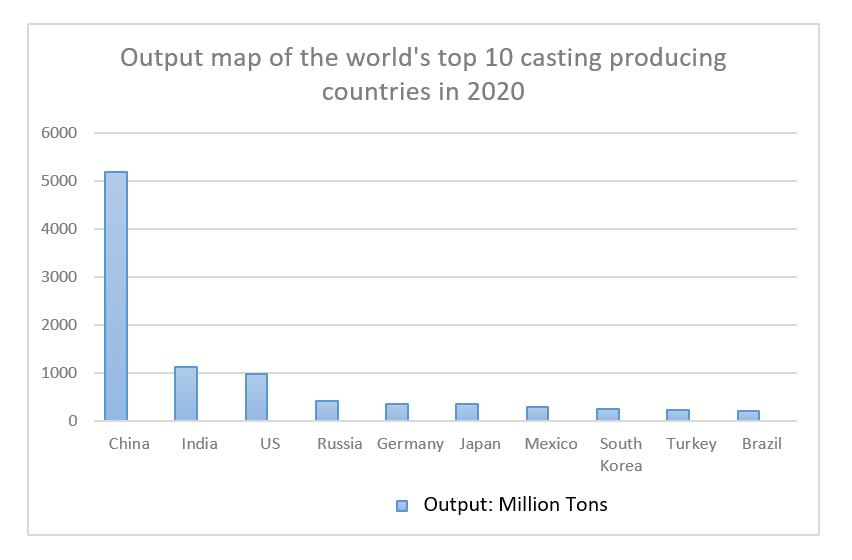Molding Sand for Metal Casting An Overview
Molding sand plays a pivotal role in the metal casting industry, acting as the medium through which molten metal is shaped into desired forms and structures. Understanding the properties and types of molding sand, along with their applications, is crucial for optimizing the casting process.
What is Molding Sand?
Molding sand, also known as foundry sand, is a mixture of fine sand and other additives that create a mold cavity for casting. This sand must exhibit certain physical and chemical properties to endure the high temperatures of molten metals, provide dimensional accuracy, and create smooth surface finishes.
Composition of Molding Sand
The primary component of molding sand is silica (SiO2), but it may also contain various additives that enhance its performance. The key constituents of molding sand can include
1. Silica Sand This is the basic ingredient, providing strength and thermal stability to the mold. The grain size and shape of the silica particles can significantly affect the final results of the casting.
2. Clay Clay, most often found in the form of bentonite, is added to improve the binding properties of the sand. It helps the sand hold its shape against the pressure of molten metal.
3. Water The addition of water is crucial for activating the clay and creating a cohesive mix. The correct moisture content is vital; too much water can lead to defects, while too little can cause the mold to crack.
4. Additives Various other additives may be included to enhance specific attributes, such as thermal expansion, permeability, and the ability to withstand heat. These may include oils, resin, and other inorganic materials.
Types of Molding Sand
Molding sands are categorized based on their binding agents and other properties
. The most common types includemolding sand for metal casting

1. Green Sand This is the most widely used molding sand and consists of silica sand mixed with clay and water. It is called green because it is used in a moist state. Green sand is known for its excellent collapsibility and ability to produce intricate patterns.
2. Dry Sand As the name suggests, this type is used in a dry state and lacks moisture. It typically has a higher strength than green sand and is ideal for applications requiring stable molds that can withstand high temperatures without deformation.
3. No-Bake Sand This sand is mixed with a chemical binder that hardens at room temperature. No-bake sand molds are appreciated for their superior surface finish and dimensional accuracy compared to traditional sand molds.
4. Shell Molding Sand In this technique, a mixture of sand and resin is applied to a heated pattern to form a shell. This method yields molds that have excellent thermal stability and surface quality.
Factors Affecting Molding Sand Performance
The effectiveness of molding sand in metal casting depends on several factors, including
- Grain Size and Shape Smaller, round grains provide better flowability and packing density, which enhances mold strength. - Moisture Content Proper moisture is essential for mold integrity. A balance must be struck, as too much moisture can lead to blowholes and sand defects, while too little can cause cracks. - Temperature Resistance Molding sand should have a high melting point to withstand the extreme temperatures of molten metals without breaking down.
Applications of Molding Sand
Molding sand is integral to various casting processes in the manufacturing industry, particularly for producing components in automotive, aerospace, and machinery sectors. The versatility of molding sand allows it to create complex shapes and designs, making it indispensable for custom and mass production.
Conclusion
In conclusion, molding sand is a fundamental element in the metal casting process, and its composition and type significantly impact the quality of the final product. By understanding its properties, manufacturers can select the appropriate molding sand to optimize their casting process, leading to better efficiency and output in various industrial applications. As technology continues to advance, the development of new sand mixtures and casting techniques will likely further enhance the possibilities within the metal casting realm.
Post time:Dec . 17, 2024 15:10
Next:3d printed sand casting
